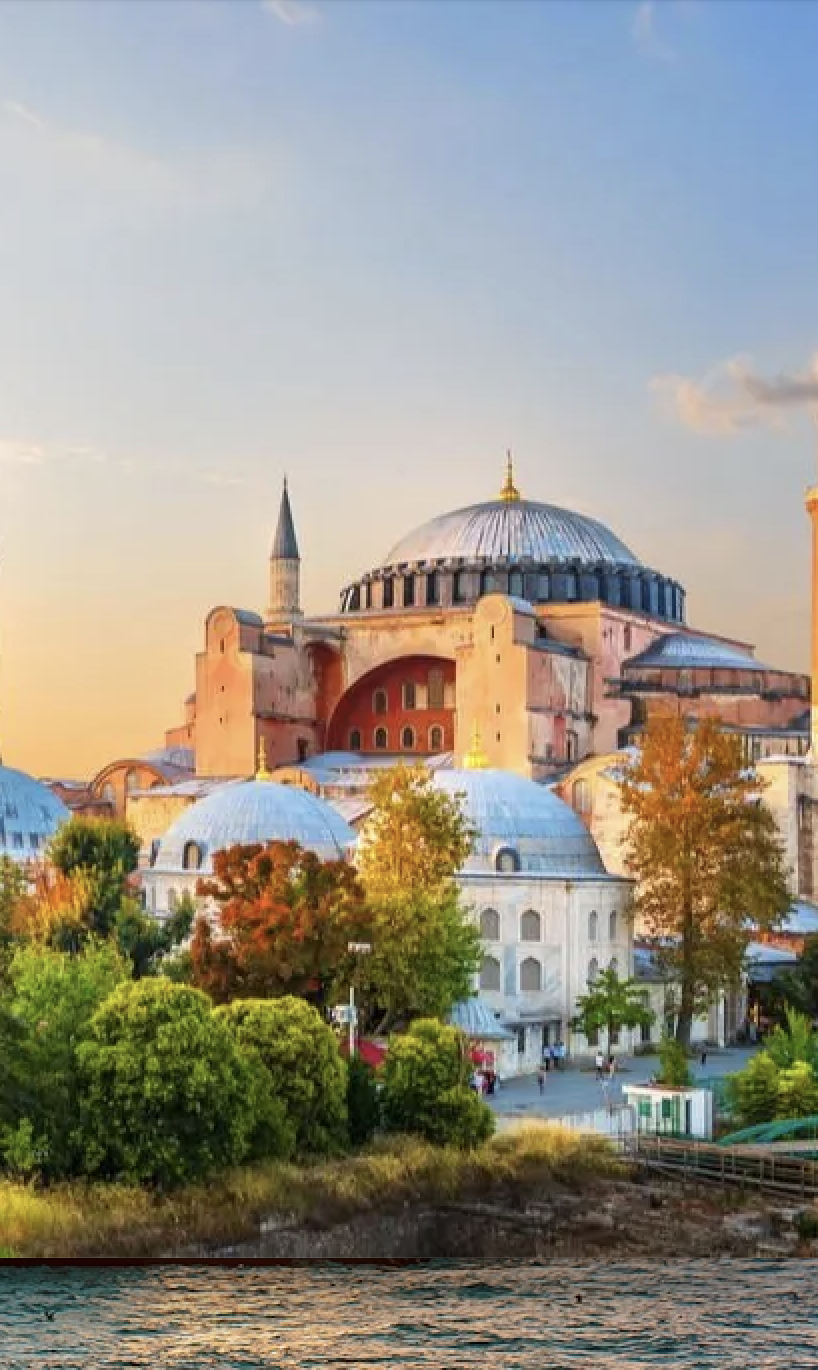Curetes Street: The Heartbeat of Ancient Ephesus
Curetes Street, one of the main thoroughfares of the ancient city of Ephesus, was a bustling hub of activity and a showcase of the city’s grandeur. Lined with impressive monuments, shops, and public buildings, this marble-paved street offers visitors a vivid glimpse into the daily life and architectural splendor of Ephesus during its heyday. Walking along Curetes Street is like stepping back in time, as you follow in the footsteps of ancient Ephesians.
History of Curetes Street
Curetes Street was one of the three main streets of Ephesus, connecting the Upper Agora (State Agora) to the Lower Agora (Commercial Agora). It was named after the Curetes, a class of priests who played an important role in the religious life of Ephesus. The street was originally built during the Hellenistic period but was extensively renovated and adorned during the Roman era, particularly in the 1st and 2nd centuries AD.
The street was a vital artery of the city, used by merchants, politicians, and everyday citizens. It was also a place for public gatherings, religious processions, and celebrations. Over the centuries, Curetes Street witnessed the rise and fall of Ephesus, and today, its ruins stand as a testament to the city’s former glory.
Architectural Features and Highlights
Curetes Street is lined with some of Ephesus’ most impressive structures. Here are the key highlights you’ll encounter as you walk along this ancient road:
-
Marble Pavement: The street is paved with large marble slabs, which were polished by centuries of foot traffic. The marble reflects the sunlight, creating a dazzling effect.
-
Monuments and Statues: The street was adorned with statues of gods, emperors, and prominent citizens, as well as monuments dedicated to important events and individuals.
-
Fountains: Several fountains, including the Trajan Fountain and the Pollio Fountain, provided water for the city’s residents and added to the street’s beauty.
-
Shops and Colonnades: The street was lined with shops and colonnaded walkways, where merchants sold goods such as textiles, pottery, and food. The colonnades provided shade for pedestrians.
-
Temples and Public Buildings: Curetes Street was home to several important religious and civic structures, including the Temple of Hadrian and the Scholastikia Baths.
-
Inscriptions and Reliefs: The walls of the buildings along the street are covered with inscriptions and reliefs, offering insights into the political, social, and religious life of Ephesus.
What Makes Curetes Street Special?
-
A Living History: Walking along Curetes Street allows you to experience the daily life of ancient Ephesians, from shopping and socializing to participating in religious ceremonies.
-
Architectural Splendor: The street is a showcase of Roman engineering and artistry, with its marble pavement, grand monuments, and intricate decorations.
-
Cultural Significance: Curetes Street was the heart of Ephesus, reflecting the city’s importance as a center of trade, culture, and religion.
Visiting Curetes Street
-
Location: Curetes Street is located within the archaeological site of Ephesus, connecting the Upper Agora to the Library of Celsus and the Great Theatre.
-
Best Time to Visit: Early morning or late afternoon is ideal to avoid the heat and crowds, allowing you to fully appreciate the street’s beauty and atmosphere.
-
Guided Tours: Consider hiring a guide or using an audio guide to learn about the history and significance of the street and its monuments.
-
Photography: Curetes Street is one of the most picturesque spots in Ephesus, so don’t forget your camera!
-
Nearby Attractions: Combine your visit with a trip to other nearby landmarks, such as the Terrace Houses, the Library of Celsus, and the Great Theatre.
Why Should You Visit Curetes Street?
-
A Journey Through Time: Walking along Curetes Street is like stepping into the past, as you imagine the bustling activity and vibrant life of ancient Ephesus.
-
Architectural Beauty: The street’s marble pavement, grand monuments, and intricate decorations are a testament to the skill and creativity of ancient builders.
-
A Deeper Connection to Ephesus: Curetes Street offers a unique opportunity to connect with the history and culture of one of the most important cities of the ancient world.
For travelers visiting Ephesus, Curetes Street is an unmissable highlight that captures the essence of the ancient city. Don’t miss the chance to walk this historic road and immerse yourself in the timeless beauty of Ephesus. 🌍✨
Itinerary in detail
Every Laka trip is tailored to your personal preferences and interests.
Below you’ll find a sample itinerary to inspire your own custom-designed journey.
Need more inspiration?

istanbul Walks
01

İstanbul Offer
02

İstanbul The Old City
03

